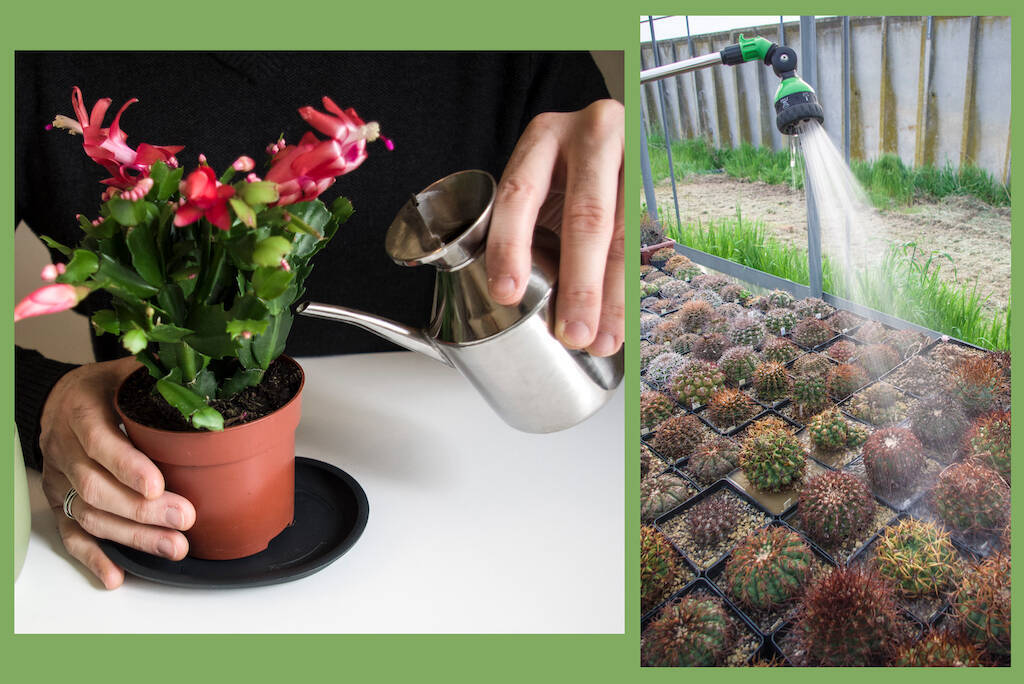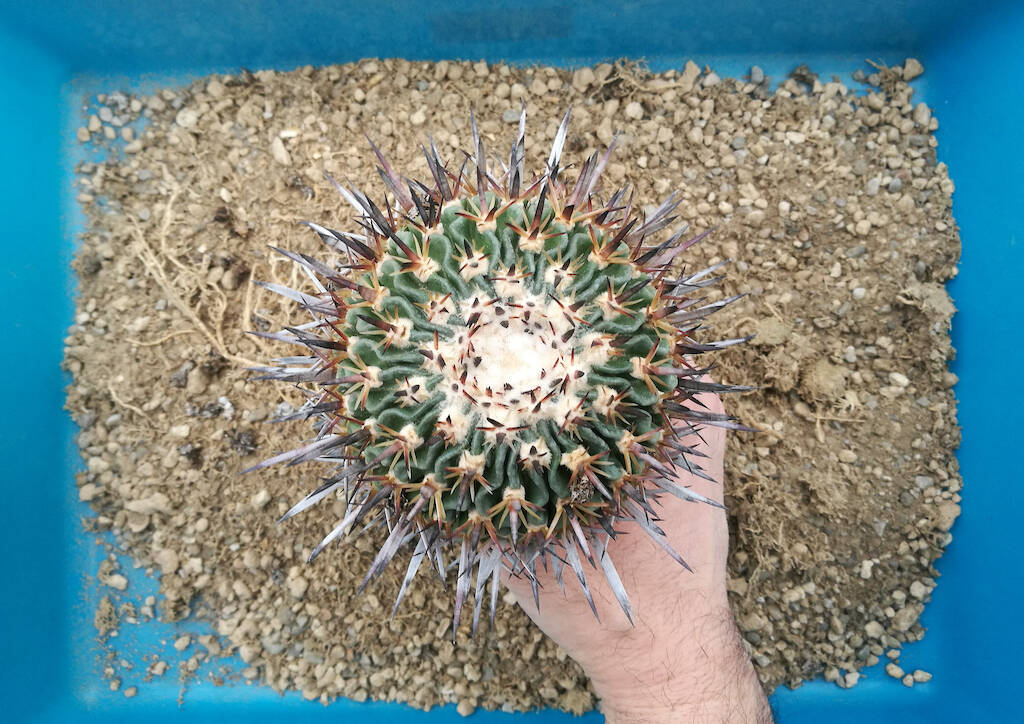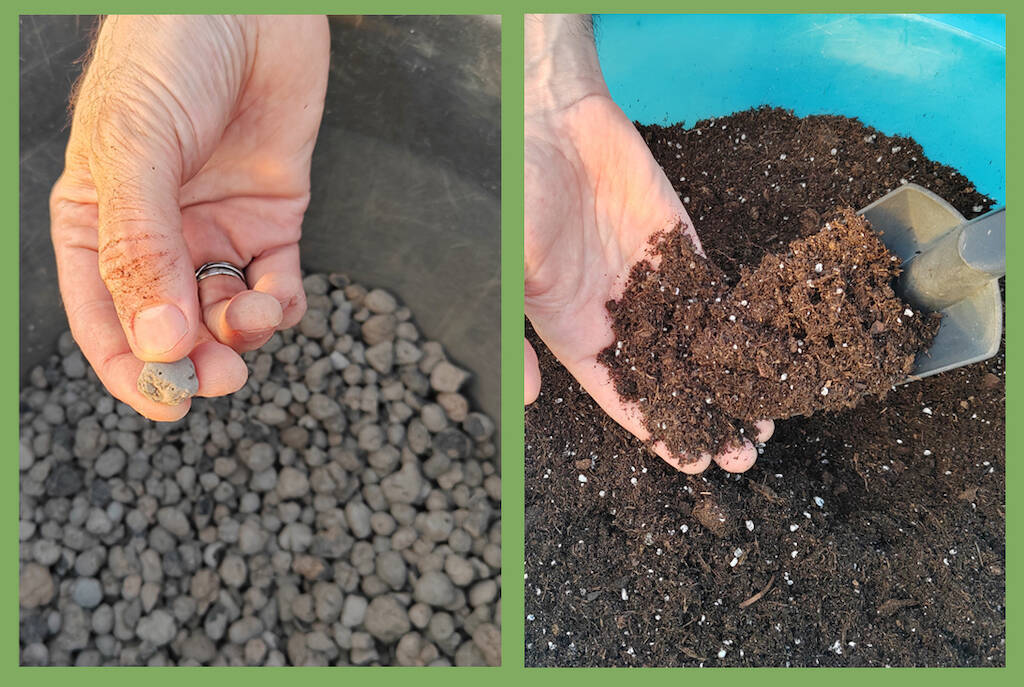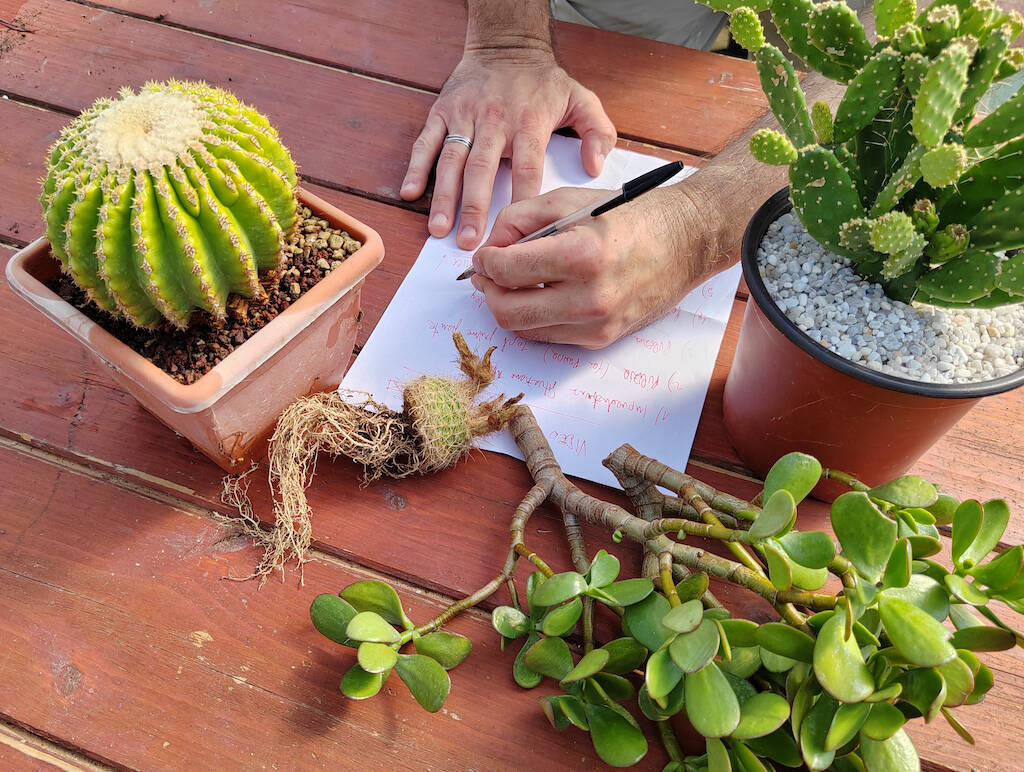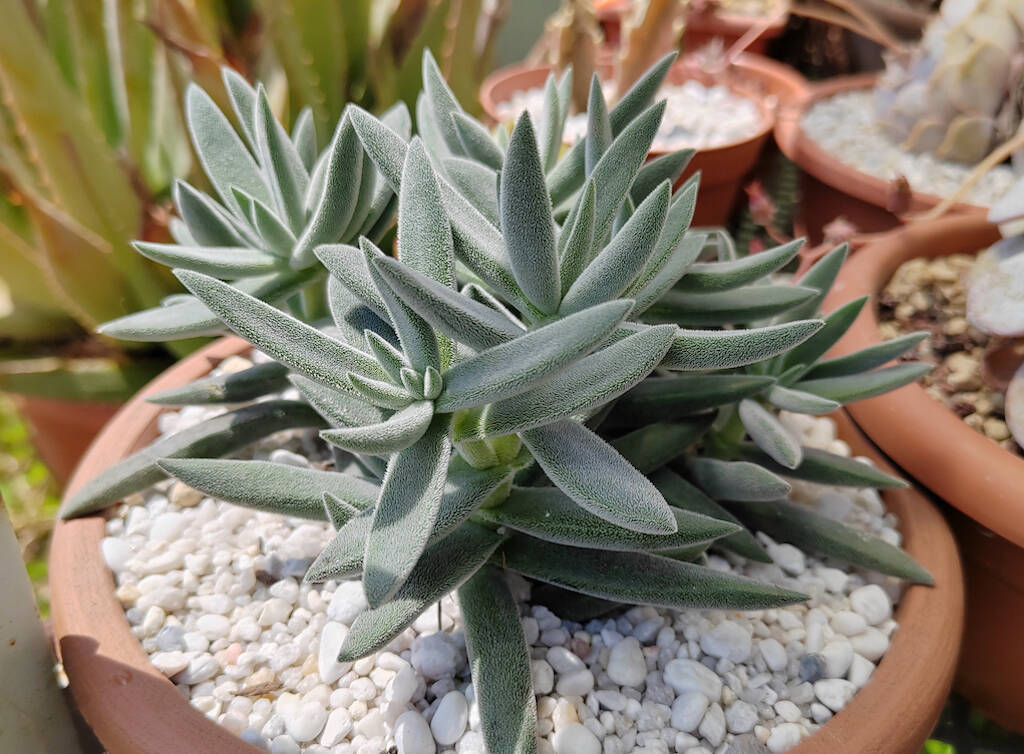Let’s go against the trend, since the period is more suitable for talking about suspending watering than about how, how much, when a cactus or succulent plant is watered. The topic, however, is of primary importance and although already covered in a specific article published in the “early days” of this site, it deserves further study. And it deserves it, perhaps even more so, now that we are approaching the moment when (at least in Northern Italy and in Europe) it is appropriate to suspend irrigation. Knowing when to say stop wetting cacti and succulent plants in general is essential to avoid rot during the winter. Knowing in which ways it is possible to water our plants (from above, like rain, or from below, or wetting only the soil, etc.), knowing how many times to water them during the growing season, how to adjust with the various genres, how to relate watering to the substrates used and much more is equally fundamental.
This is therefore the reason for this article, which also answers the many questions on this topic – how are succulent watered, how often are they watered, in which way? etc. – placed at any time of the year by novice growers (and not only novice). Not to mention that, if we want to go into detail, there are cacti and succulents that really appreciate some winter watering. Didn’t you know? More and more this article will be for you.
Per proseguire nella lettura dell'articolo Accedi o Abbonati
To continue reading the article LogIn or Subscribe


